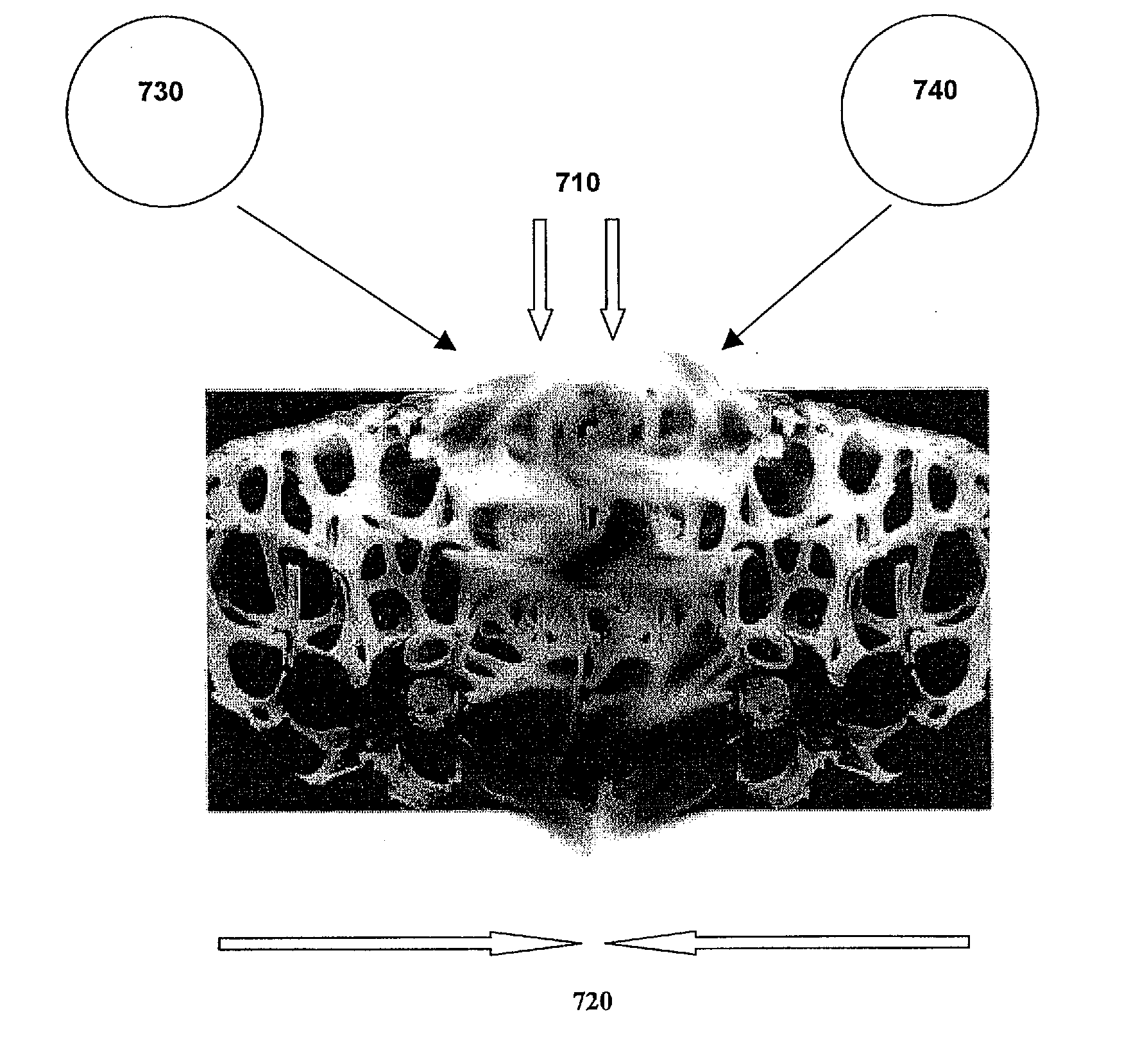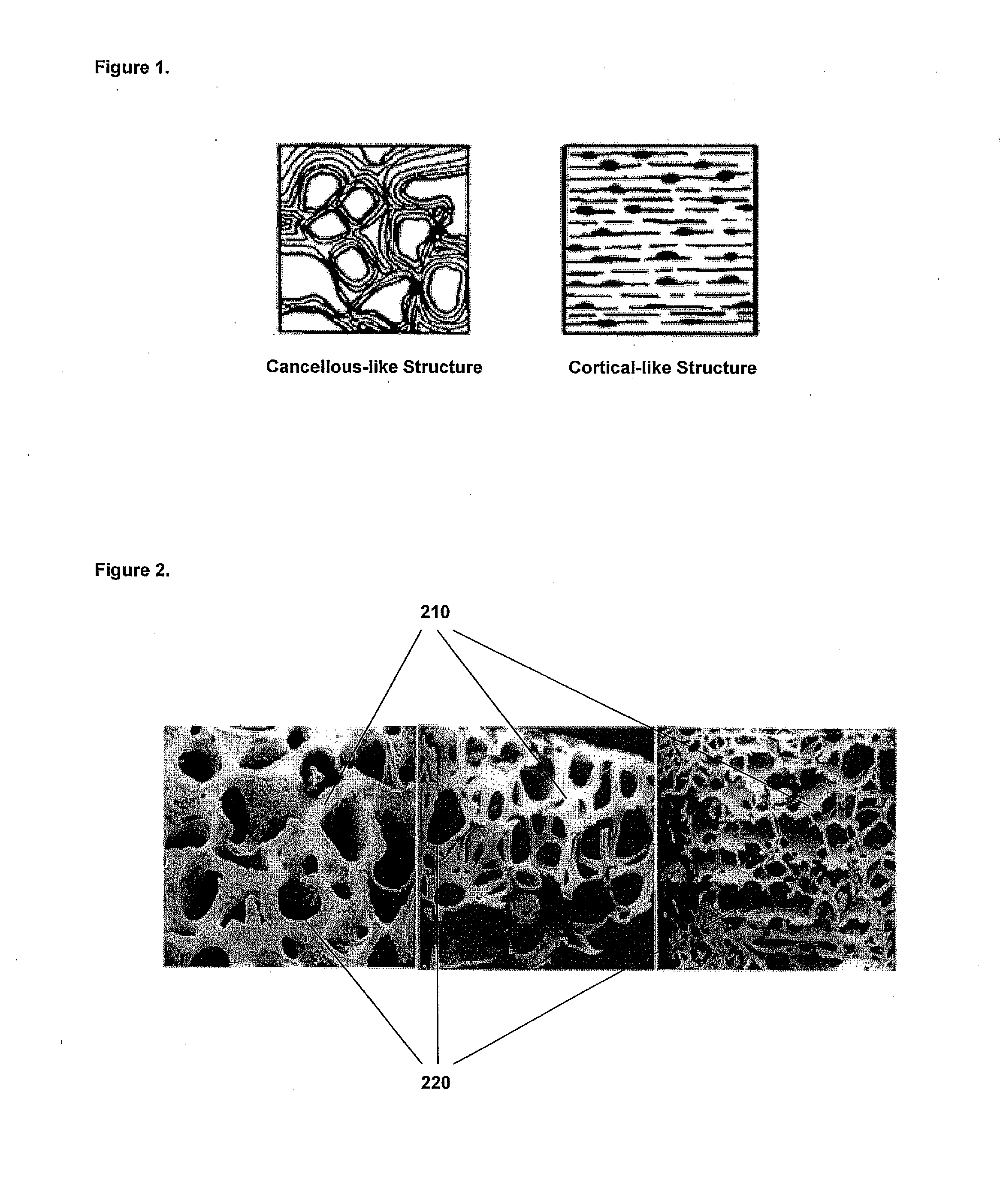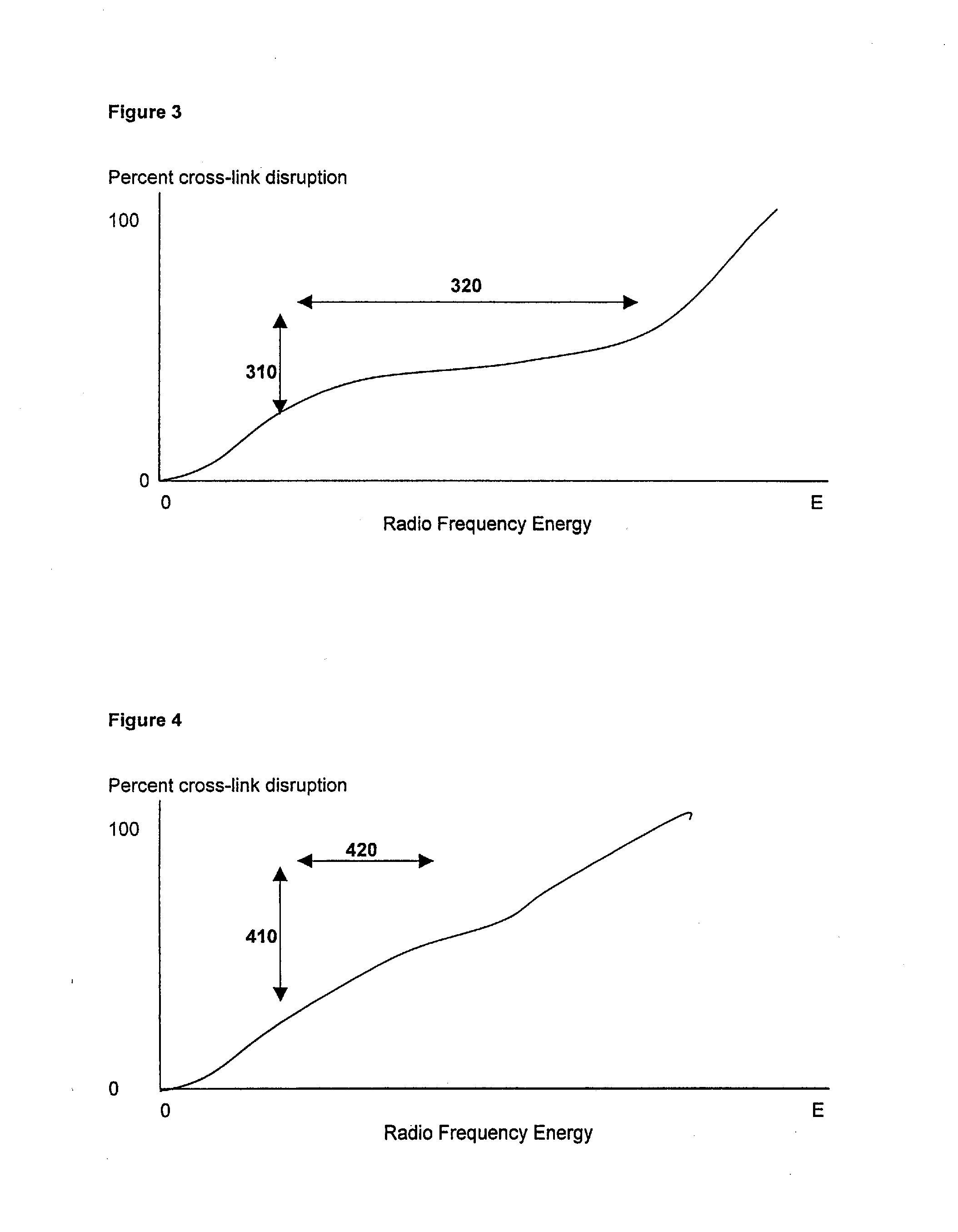Methods and compositions for fusing bone during endoscopy procedures
a bone fusion and endoscopy technology, applied in the field of endoscopy procedures, can solve the problems of not providing for fusing or welding bone, not achieving sufficient weld strength for in vivo clinical application, and not providing consistent and useful procedures in the medical arts. achieve the effect of enhancing structural weld strength, enhancing healing response, and sufficient joining strength
- Summary
- Abstract
- Description
- Claims
- Application Information
AI Technical Summary
Benefits of technology
Problems solved by technology
Method used
Image
Examples
Embodiment Construction
Best Modes for Carrying Out the Invention
[0036]The present invention is directed to the in vivo fusing or welding of bone in a fluid medium. The invention is useful for in vivo procedures in humans and animals. In particular, the process is useful for endoscopy procedures, e.g., arthroscopy or other joint procedures, but is applicable to all clinical uses because a fluid medium generally exists during all in vivo conditions and during all healing processes. In such endoscopy procedures, nicks or other openings are made in the skin and a probe and other instruments, devices, or products are disposed into the body cavity. A camera, or other visualization device, is directed in an opening to view the affected joint, bone, or body cavity.
[0037]Two general types of bone exist in the mature organism and are quite similar in all species. Bone is formed based upon the mechanical loads that are applied to the tissue at specific locations by the means of mechanotransduction, i.e., each type i...
PUM
| Property | Measurement | Unit |
|---|---|---|
| porosity | aaaaa | aaaaa |
| porosity | aaaaa | aaaaa |
| acoustic frequency | aaaaa | aaaaa |
Abstract
Description
Claims
Application Information
 Login to View More
Login to View More - R&D
- Intellectual Property
- Life Sciences
- Materials
- Tech Scout
- Unparalleled Data Quality
- Higher Quality Content
- 60% Fewer Hallucinations
Browse by: Latest US Patents, China's latest patents, Technical Efficacy Thesaurus, Application Domain, Technology Topic, Popular Technical Reports.
© 2025 PatSnap. All rights reserved.Legal|Privacy policy|Modern Slavery Act Transparency Statement|Sitemap|About US| Contact US: help@patsnap.com



